Never were there a people who had more to say about mushrooms than the Ahumahi.
With access to some of the most fertile caverns in the Inner Shell, Ahumahi has grown large and prosperous. In a world where scarcity is frequent and survival is a struggle, Ahumahi is a place of plentiful food and dangers. Others look with envy at what Ahumahi has and the city-state has grown too large to be easy to defend. When their rulers fail them in that, the people of Ahumahi have proven to be a gritty, determined folk willing to defend what is theirs and all too happy to feed the corpses of invaders to their crops.
Geography
Ahumahi has sprawled out across multiple caverns and tunnel complexes, at times with sections disconnected from one another by hundreds of yards. The fringes of the city-state encroach into the
Expanse with these farms and ranches bearing the brunt of foreign raiders. While still part of Ahumahi, this Fringe is poorly governed and barely policed. It forms the hinterlands of the city-state, where the people go to seek independence and fortune and where the taxmen fear to tread.
Beyond the Fringe lay Ahumahi proper or its Fief Lands. They extend across an intricate cavern complex and are made up out of countless fiefs. This complex is connect countless caverns and hallways through tunnels, shafts, elevators and maze-like caves. All these connections form vital lines of communication, transportation and movement in the Ahumahi sprawl and there is almost always something or someone on the move at any given time. At the same time, these connection has made Ahumahi vulnerable and raiders are just as keen to use the complex as merchants or farmers.
The central complex of Ahumahi is vast - large enough that not all of it has been completely claimed and in certain corners, cults and independent fiefs flourish away from the attention of Ahumahi's rulers.
The heart of the city-state is a large, multiple stories cavern and the great grottoes underneath it, inaccessible by any other means than passing through the core of Ahumahi. These grottoes are treated with almost religious reverence and hold some of the most ancient and influential fiefs in the city-state, not to mention some of the most fecund caverns. Even if every other crop should fail, the people of Ahumahi have faith that the Grottoes will still provide. So far, it has.
Their domain is humid and warm, the air cloying and thick with spores. First time visitors invariably come down with some infection, for which the people of Ahumahi have perfected many remedies through their constant exposure. It is less of an issue along the Fringe, but almost unbearable down in the Grottoes.
Prosperity and Peril
Ahumahi draw both power and peril from their bounty. It is the root of their prosperity, a weapon they wield to secure a place of influence among the other city state: to be barred from its markets have spelled starvation for more than one town. The people of Ahumahi know this and they have come to take their pride as farmers as seriously as any warrior takes her creed. Beneath the hard work lies an almost cult-like web of belief and superstition, ranging across the fiefs. The harvest has become about more than just food, but a symbol of power and faith.
Ahumahi have few enemies but no real friends. Others covet what they have and the machinations to claim it never end. While city-states like
Mharaji engage Ahumahi in a more subtle game of political and economic maneuvering to secure influence and access, others see poorly defended borders and sharpen their swords.
These intrigues have made the city-state home to spies, merchants and schemes from every city-state and settlement around. With the current plague of grey mold felling crop after crop, many different powers have begun to move within Ahumahi to exploit the situation - or prevent others from doing so.
Culture
In Ahumahi, life revolves around the harvest. It is an unending cycle of back-breaking work that has produced hardy, no-nonsense people. The laborers and farmers of Ahumahi are often called dour and serious, but prefer to think that they know to focus when work need to be done rather than spend it on flippant banter. They are the kind who will grit their teeth and get it done rather than argue than whose turn it is to do what. Some families have worked the fields of a single fief without moving for centuries and have settled roots just as deep as the mushrooms they harvest.
Each fief can become a little world to itself, with its own superstitions, its own rituals and its own long-standing feuds and grumbles with its neighbors. While they are all connected by by rule and trade, the fiefs pride themselves first of all as citizens of their fief and of Ahumahi second.
Artisans, merchants and scholars whose families have not worked the fields for generation have softened little. While they have acquired the same taste for luxury and come to enjoy the absence of the hard physical labor, they maintain the same values of hard work. No matter their station, the Ahumahi folk pride themselves in their willingness to get their hands dirty and get the work done, leaving the squabbles to others. Despite that, they are as capable of feuding as any other culture, with different fiefs arguing to great length with one another about the right and proper boundaries of their domains.
That is not to say the city-state is devoid of vagabonds, drunkards or the lazy, but they become pariah in their societies and cut off from their fellows. In a culture that focuses so heavily on work, those without it even through no fault of their own will find themselves shunned and scorned.
Culinary Culture
Next to the harvest, food and drink is the second cornerstone of Ahumahi culture. Some of the best culinary schools in all of Araea reside in Ahumahi and cooking skills is a point of pride for any denizens of the city-state. No one, man or woman, is considered an adult ready for the world unless they can cook a good meal or brew a good, strong drink. Many families have their own specialties or secret recipes, guarded as fiercely as their crops.
With plenty of food and water, the feasts of Ahumahi are the envy of others.
Read more about Cuisine in the Caves
While they are not a militant people with Ahumahi starting few wars and launching few raids, nearly every farmer in Ahumahi has some skill with arms, and a willingness to use it. Countless raids from everywhere between fiefs to bandits to greedy outside settlements have hardened the common man and woman of Ahumahi. Some cults focus more on this martial aspect than even the harvest, but for most it is a matter of practicality: one cannot harvest a stolen crop.
Government
Worry not that the humble farmer should grow bored while working. They'll find all the entertainment they need in complaining about the Council.
Ahumahi is ruled by a much maligned council of powerful nobles, merchants and other powers. In the city, the Council is a byword for slow, inefficient bureaucracy and it is for the most part a reputation undeserved. Ahumahi has grown too vast to easily govern, fractured between competing fiefs and other powerful interests. Faced with an impossible task, the Council has chosen to focus its attentions to what it can control and grumblings about the council cease once a traveler reaches the well governed center.
Complaining about the Council is almost a past-time in the city-state and is particularly popular in the Fief Lands. Rakes can make an easy evening for themselves by aiming barbs and jokes at the Council's expense. Even those who know better, it is not an uncommon topic to begin a conversation or gripe session.
Outside of that, the Council's direct power rapidly diminish however. Local warlords and farmer-cults manage many of the day to day affairs of fief management and rulers. Here, the rulers of Ahumahi apply a lighter touch, showing favor and aid to those who are cooperative or at least align with their own interests while undermining those who do not. Only rarely have there been need for the Council to raise an host to punish a wayward fief - often enough, other fiefs will sense when one has become a destabilizing factor and take matters into their own hands.
Industry
Agriculture and ranching are the dominant industries in Ahumahi. Every Fief has their own fungi-fields and orchards, with fierce competition about who can grow the biggest, the tastiest or the most. Mushroom, fungi,
Cave-Capped Hatters and cave-fruits are grown throughout the Ahumahi Fiefs. Without seasons, the crops can be grown around the year and the task of clearing away unwanted growth, check for parasites or mold, and feed the soil with fresh mulch made from insects and rotting food never ends. Harvest is a time of frantic activity, from the fields to the caravans who carry the product to stockpiles and markets.
The working class in Ahumahi can be roughly divided in two: the free citizen and "everyone else". Everything from indentured servants or slaves to immigrants not yet adopted by a Fief, they have no right to the crops they harvest or the land they work, but are paid according to their labor. It is a system rife with abuse, with some paid little more than what they need to survive.
Second to agriculture comes livestock, mostly in the form of insects and reptiles. Some specialize in more rare breeds such as giant slugs or the Leyux with their accompanying edible parasites. Ranching doesn't have quite the same prestige as agriculture and Fief who specialize it are often considered second-rate. Even so, the meat, bone, skin and other they provide the city-state are valuable and lucrative markets.
Ahumahi has struggled with finding easily accessible veins of ore, with caverns that could be mined instead set aside for raising crop or livestock. The city-state does have mines, mostly extracting copper, tin and some quantities of iron. Tools of copper or bronze are common sights in Ahumahi, with steel being almost exclusively an import. Artisans use bronze to craft elaborate sculptures or jewelry, while copper is used as a cheaper material for the lower classes.
Azurite, Lapis lazuli and especially Malachite is found in some abundance around Ahumahi. While Azurite is considered a sort of cheap stone, used to create die and other trinkets, Lapis lazuli and malachite are popular to use for jewelry, decoration or ground up to make dye. Malachite in particular is often used in construction in building or furniture. Other ores and gems are used on a more opportunistic basis or imported for artisans to work with.
Ahumahi trades with almost everyone. The city-state exports its bronze-work, jewelry and dyes, but most of all its food. Even in times of plenty, other city-states import the harvests of Ahumahi as the very best in the caves and in times of starvation they have little choice but to rely on Ahumahi's exports. Ahumahi trades the least with
Thawke and Dhanâ due to distance and feuds, and the most with
Mharaji and
Dūbavum.
In turn, Ahumahi imports vast quantities of steel and iron, both in the form of bars to work with and finished tools or equipment. Fish and seafood from
Dūbavum are, despite the abundance of food, popular imports for their exotic flavors. Gold from
Kharkorp are popular with the wealthy, and the masks from the city of ancestors are gaining in popularity as a decorative item.
Guilds & Factions
Between the Council and the Fringe, fiefs struggle for control and prominence. Those forgotten and scorned by society gather to form their own laws and criminal syndicates. Merchants and and nobles duel with coin and oration, with only the occasional brutal murder. Ahumahi never seem at rest, not on the fields for harvest or the realm of intrigue.
Military
In theory, Ahumahi can field the largest army of levy troops of any of the city-states, but the truth of the matter is much more complicated. On the surface, each Fief is required to contribute supplies and troops when a levy needs to be raised when called upon. The quantity demanded depends on the fiefs size and wealth but there is a legion of exceptions and deals struck between Fief and Council. Some contracts are so ancient that no living Councilor were part of signing them but are still considered valid by the Fiefs that bartered for them.
Warrior-Noble
Some Fiefs go the other way. They leverage their warriors as a considerable asset for the city-state in exchange for wealth and political favors. Some are former mercenaries who have been landed while others are warrior-cults sprung from the Ahumahi's martial culture.
Even so, Ahumahi can match and if necessarily exceed any enemy it face with numbers. There are still enough Fiefs that the Council can reliably call upon to form a mighty host and even those who are not required to often contribute when war threatens the city-state itself. Out of all the city-states, Ahumahi has the least need for mercenaries to bolster its ranks and tend to use them more sparingly.
The average Ahumahi warrior is of uncertain quality. The farmer-warrior ethos of the city-states many workers mean that most levy come with some training and often their own equipment, but the quality is inconsistent. Few are well-versed in matters of discipline or fighting in formation, preferring to rely on personal bravery and skill at arms. Some troops of Ahumahi farmers can be the match of any elite mercenary, while others crumble and break at the first sign of serious opposition.
In addition, the equipment fielded by the Ahumahi is poor. With few reliable sources of iron, they are forced to rely on copper or bronze for their arms and armor. They do have an abundance of
Hattick and make use of it to field perhaps the largest quantity of crossbows, though these are still hampered by copper bolts.
Ahumahi is not a militant city-state and have few plans of expansion. They see little need for it: they have what they need inside their domain already and most see little to be gained from spilling blood just to get more of it. This attitude is reinforced by the web of trade deals and lucrative caravans that frequent the city-state.
While some on the fringe seek to push their borders outwards and stake their claim on fresh riches, most of Ahumahi busy themselves with the next harvest.


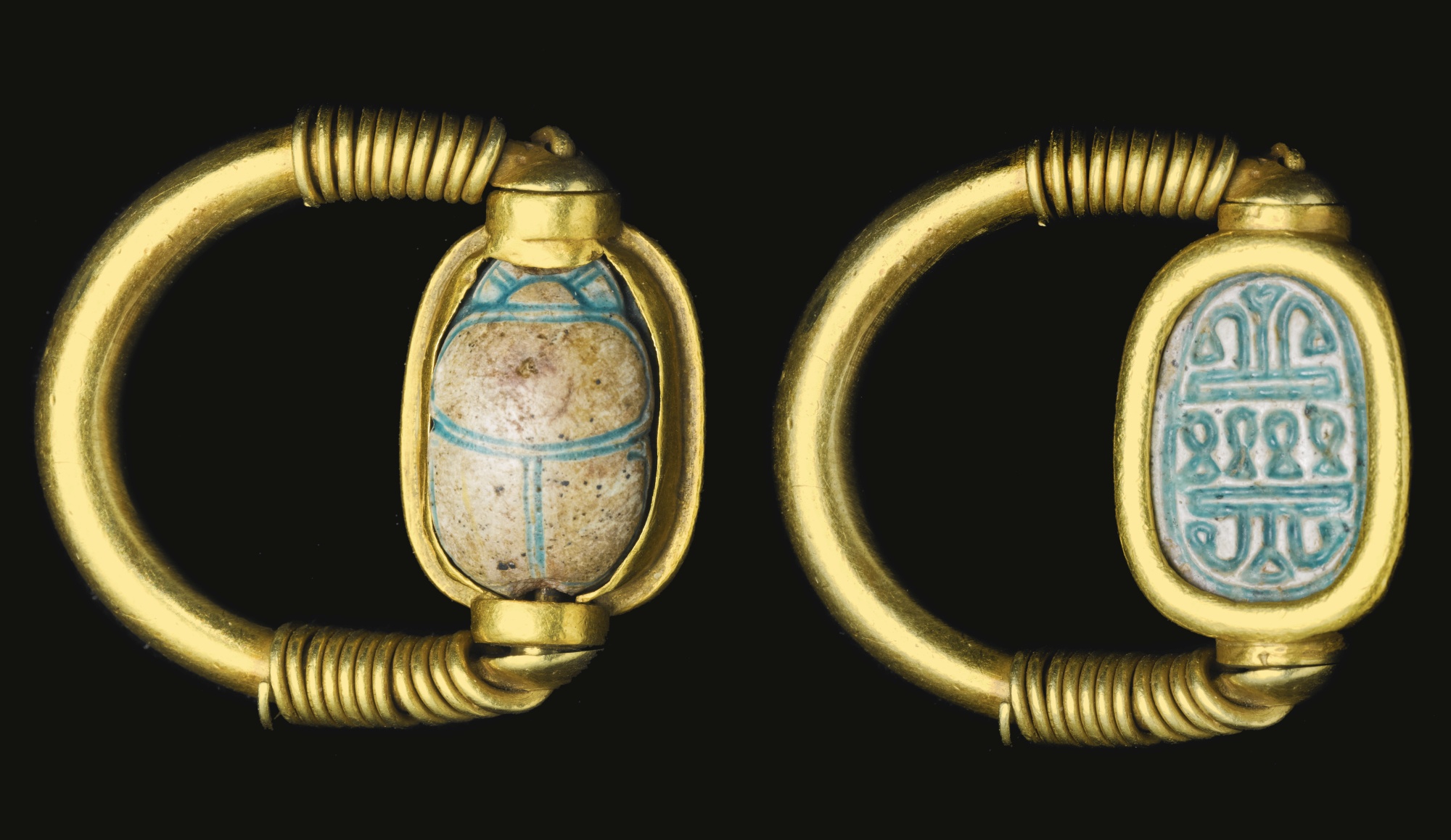

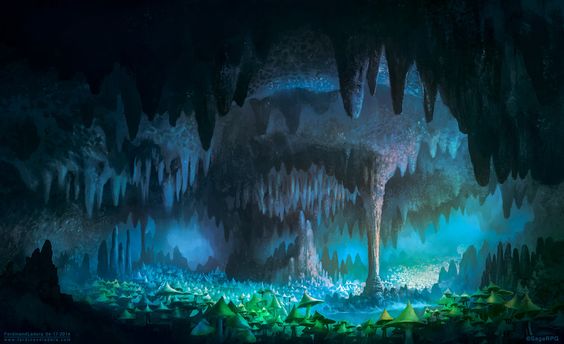
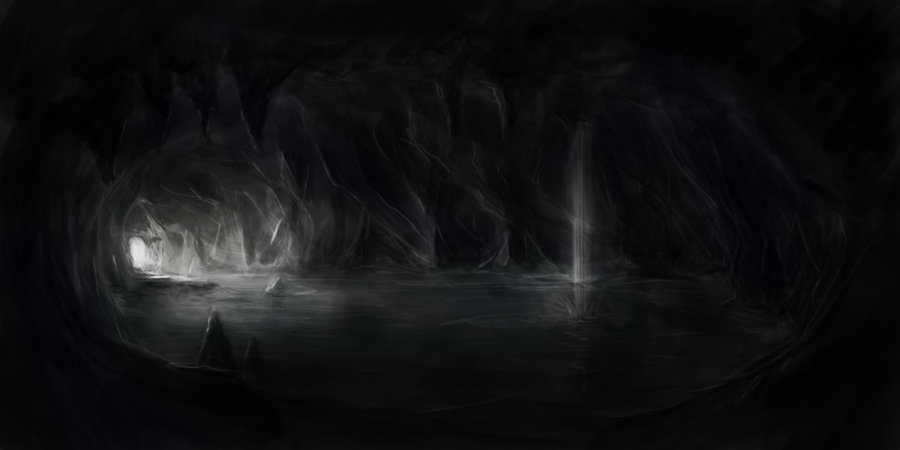
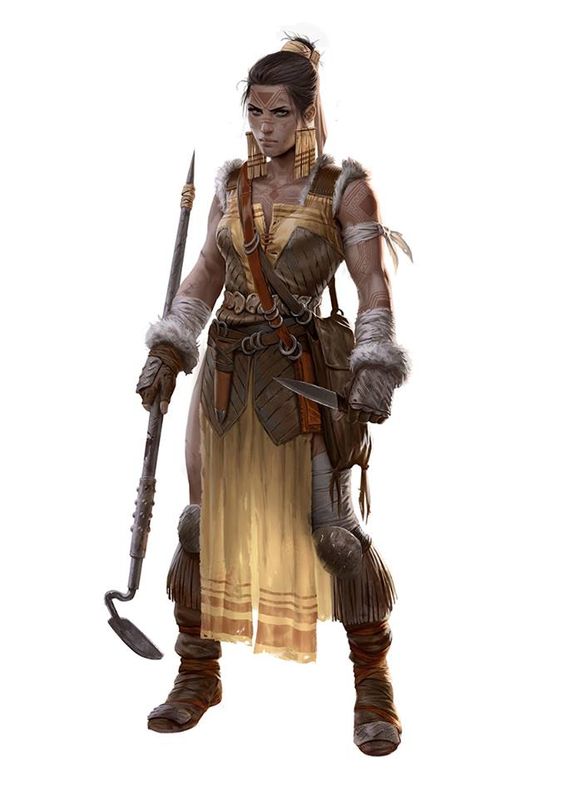
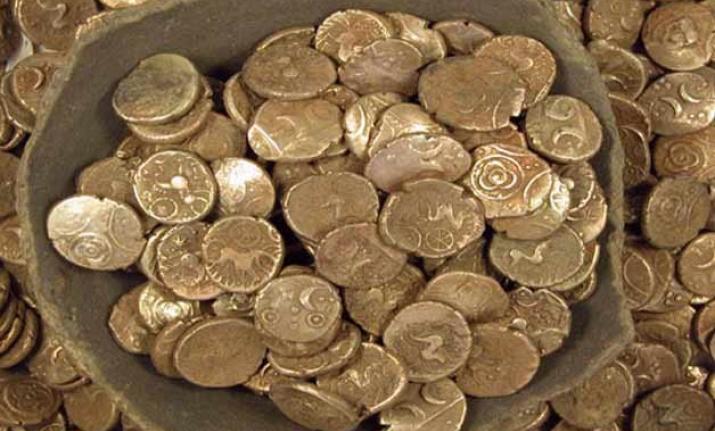





I love the use of art here and especially like what you've done sidebar wise. There are quite a few spelling and grammar issues in this one. I think maybe from editing? Things like tenses and singular vs plural were the kept I saw. I can point them out if you like. Let me know. I really like how in depth it is and also how it kind of introduces the more specific areas of the region. Your language and use of article blocks has solved an issue I was having with my regions as well. Your summery and then placement of the block really made me wanna take a trip down the rabbit hole....which I'll likely be doing soon lol now as a question...you had me stumped. You have good depth and represent most if not all elements of a good region. i had to go back to my favorite parts to really look for one. So my question comes from the concepts of immigration and slavery as well. Here in the U.S. immigration is a pretty big topic...ironically those who are for it are due to the same reasons you mention. the notion of having plenty brings sympathy for those who do not. I'm wondering if you have an opposing viewpoint in certain feifs who reject or outright hate immigrants? I'm also curious about how the slavery element is used. I may learn more in further articles of course but I didnt see it introduced here which is what this article seems to be: an awesome introduction :)